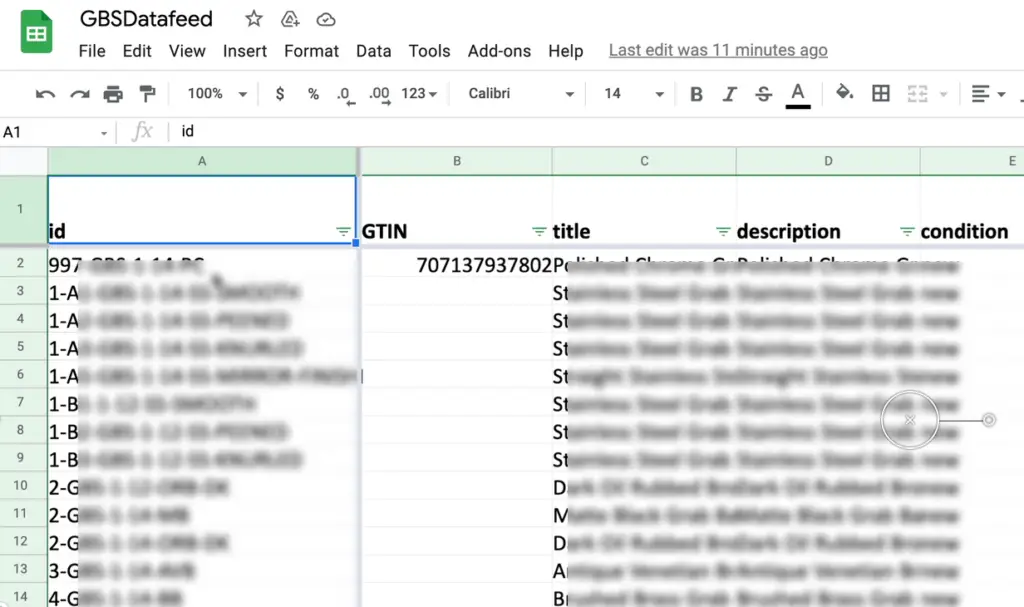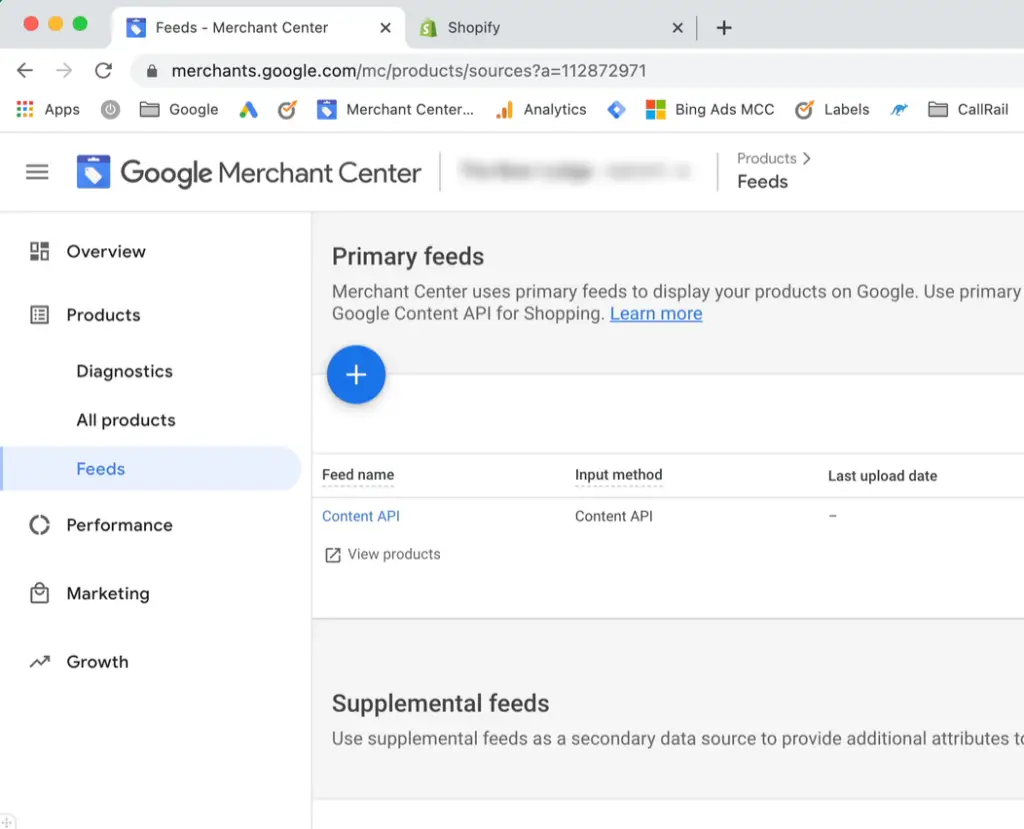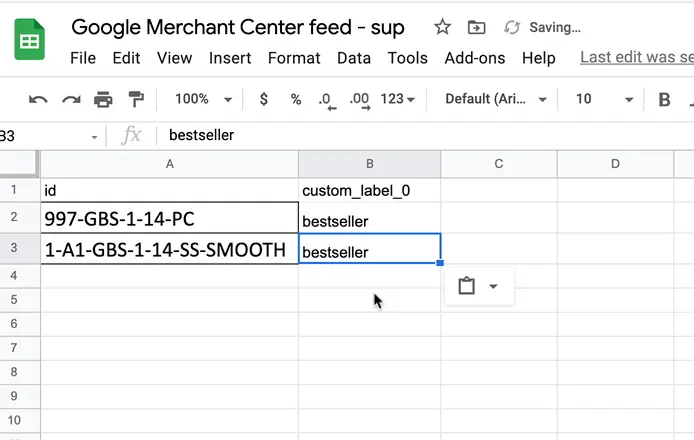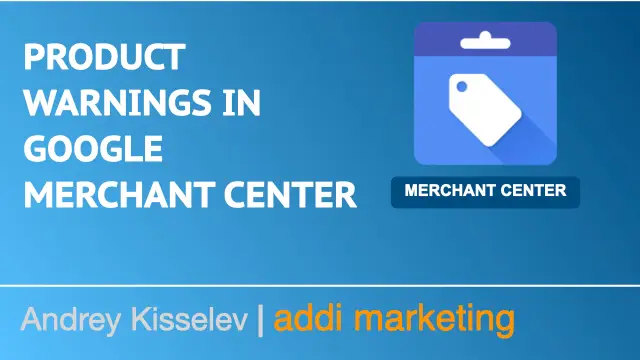If you are selling products online, you probably know the importance of having accurate and up-to-date product information in the Google Merchant Center.
The Google Merchant Center is a tool that allows you to upload and manage your product data for Google Shopping, Performance Max, and other Google services.
However, managing product feed attributes can be challenging, especially if you have a large or complex product catalog.
In this blog post, I will explore three methods of managing product feed attributes in the Google Merchant Center: direct method, plug-in method, and supplemental feeds.
I will compare their advantages and disadvantages, and provide some tips on how to choose the best method for your needs.
Direct Method
In your Google Merchant Center open products, feeds and look for the input method of your primary feed.

If the input method is Google Sheets, then your product feed uses direct input method.
To view the feed content, click on the feed name.
A spreadsheet with your product feed opens, where you can add, remove or modify any product attribute.

Let’s remove the GTIN attribute from a product.
First, let’s make sure that this product indeed has the GTIN field inside the Google Merchant Center.
To do that, open all products and filter for a specific product id.

We can see that this product has a GTIN number.
Now, let’s remove the GTIN number from this product:
- Open all products and filter for the product id. We can see that this product has GTIN field
- Go back to the Merchant Center and click on Fetch Now to update the feed
- Watch for the timestamp and this message
- Once the timestamp is updated and the message “Processing is complete”, check your products
- Refresh the screen and check the products. It might take up to 10 minutes for the change to appear in the Merchant Center
- Verify that the GTIN attribute has disappeared from that product

Plugin Method
If the input method of your feed is “Content API”, it means the feed uses a plugin, an app or an extension.
I call this “plugin method” for simplicity.

I know that for this account, which runs on Shopify, the feed is managed by the plugin called Feed for Google Shopping from Symprosis.
One of the advantages of the plugin method is that product data can be managed in bulk—this significantly simplified feed management.
Let’s add a custom label 0 “bestseller” to several products:
- Open Shopify, and find the Feed for Google Shopping.
- Click on Feed for Google Shopping, and open the Manage Products view
- Select the products that need to be modified
- Click “Do edits in bulk”
- Select “Assign custom label 0”, and type bestseller
- Click on “Apply in bulk”
That’s it. Within 20 minutes the products will be updated in the Merchant Center
Supplemental Feed Method
This method allows you to modify product attributes without touching the primary feed.
It allows you to update specific attributes from specific products, and owerwrite the main feed.
Also, the supplemental feed can be used with all other input methods.

To create a supplemental feed:
- Click on Add supplemental feed
- Type a new name for the feed
- Make sure Google Sheets is selected, and click continue
- A new spreadsheet will be created and linked with the main feed
- Click on the new feed’s name, and click on Access Google Sheets
Now you have the feed, but it’s empty.
Let’s add the custom label 0 “bestseller” for a couple of products:
- Find the IDs of those products
- Paste them into the new feed
- Create the column with the heading custom_label_0
- Type bestseller in the field for those products
- Open it again and click Fetch Now in order to upload the supplemental feed

Once the update completes, the new data from the supplemental feed will override data in the primary feed.
Conslusion
I hope this guide has helped you understand how to manage product feed attributes in Google Merchant Center.
As shown, each approach has its pros and cons; you can mix some of them.
In short:
- The direct method is easy but can take a lot of time.
- The plugin way is handy, but it might cost you and may not work with your online store platform.
- The supplemental feed method lets you quickly fix data for certain products.
No matter which method you choose, remember to follow the best tips for improving product feeds and ensuring your product information stays the same and correct on all platforms.


